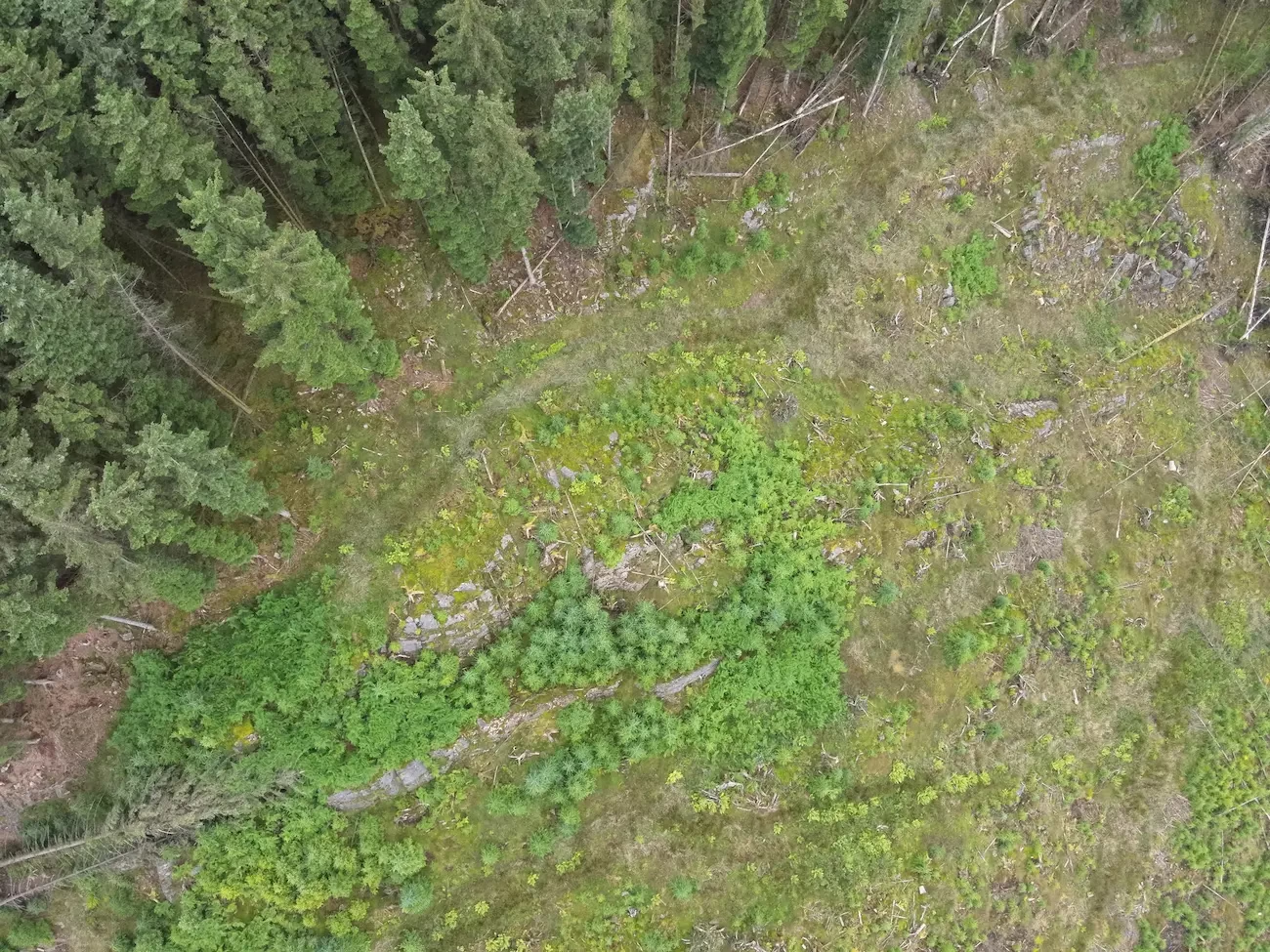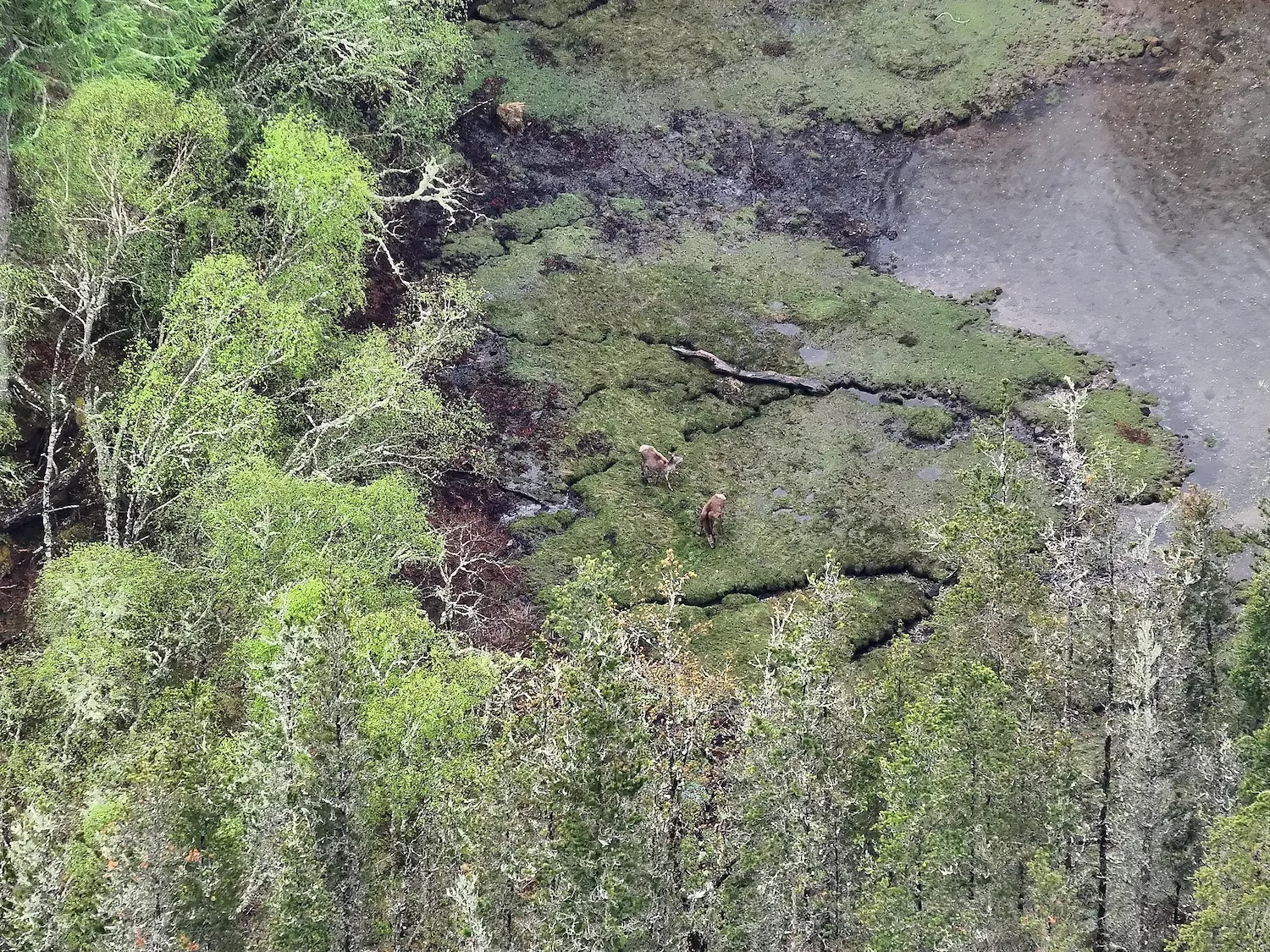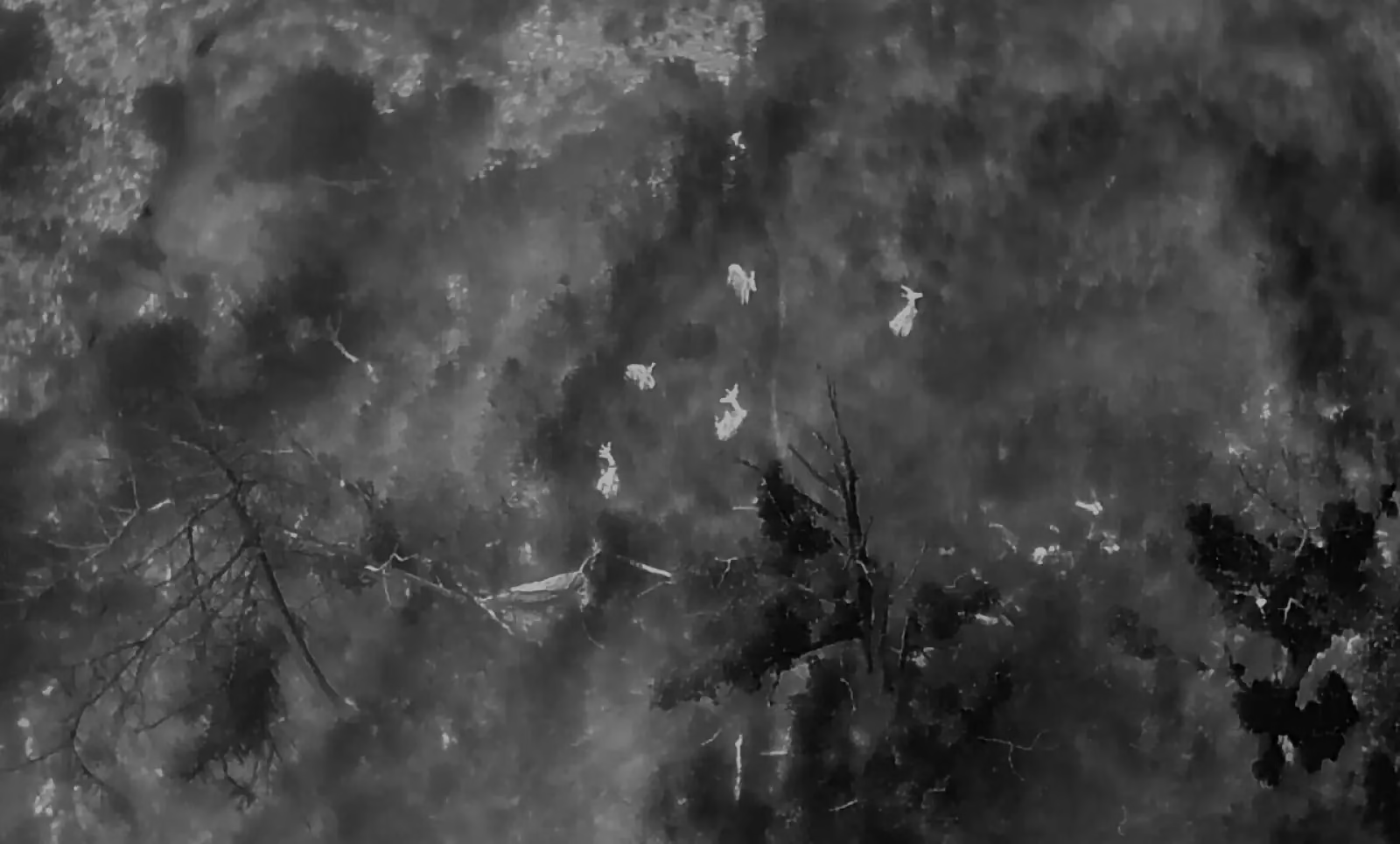The perpetually growing deer population in the UK’s countryside is a deep concern. Over the last few decades, the UK deer count has scaled from just 450,000 to an estimated 2 million today. Even though native species of wild deer are an invaluable part of the country’s biodiversity and heritage, their increasing numbers are having a series of impacts on the ecosystem that cannot be overlooked.
The rising deer population is having several negative impacts across the country, especially on rural neighbourhoods, affecting agricultural production and woodland management. Given this scenario, Defra (Department for Environment, Food & Rural Affairs) and the Forestry Commission are initiating actions to ensure the sustainable management of the deer population in the UK.
We have prepared this inclusive blog for you to learn about effective deer management programs and strategies that governmental agencies are imposing to control the deer population.
Here Are The Effective Deer Management Strategies For healthier Ecosystems
Understanding Deer Population Dynamics
The first step to creating a deer management plan is assessing the deer population diversity in the UK. There are six wild deer species in the country: red, roe, fallow, sika, muntjac, and Chinese water deer. While all species of deer are part of the national heritage, localities have provided considerable evidence showing deer damage to semi-natural habitats, woodland, and agriculture.
Both native and non-native species of deer have negative impacts regardless of their origin. So, appropriate strategies that work for all or any species are necessary. However, strategies should focus more on the preservation of native populations, such as red deer.
Implementing Effective Wildlife Management Techniques
Prevention is the cornerstone of any successful wildlife management. Before developing customised strategies and control measures, it is necessary to identify the specific wildlife species you want to control. Several practical wildlife management techniques apply to wild deer species, from landscaping practices, lethal control methods to pest-proofing solutions.
Many wildlife trusts and agencies are employing high-quality wildlife surveys, including deer drone surveys, to identify the presence or concentration of deer in various habitats.
With accurate image data of the deer population, they plan customised strategies to prevent deer intrusion in natural habitats, woodlands, and agricultural lands. Subsequently, wildlife management agencies, trusts, and property owners can decide and deploy preventive measures that considerably reduce the likelihood of deer invasion in public and private properties.
Utilising Deer Population Control Methods
The spiralling deer population in the UK calls for proper wildlife population control methods. Implementing strategic deer control methods is also necessary to help maintain balanced ecosystems and prevent the overpopulation of wild deer species.
Some of the most effective methods of deer population control that have gained prominence across various natural habitats in the UK are habitat assessment and management, forest planning with protective deer fencing solutions, responsible culling, and pest-proofing techniques.
Woodland Management for Deer Control
One imperative deer management strategy is woodland management. This subsequently helps the wildlife authorities manage the deer species effectively.
Woodland Management for deer chiefly encompasses practices of altering and habitat improving to support the goal of deer population control. Many wildlife trusts also collaborate with a deer management services provider to conduct surveys on the concerned habitats and provide necessary advice on deer behaviour to plan the habitat modification.
The Role of Deer Management Programs
Wildlife authorities in the UK advocate sustainable deer management programs that aim to maintain a healthy and well-balanced deer population. The chief focus of such programs is to prevent, to whatever extent, the spread of the deer population. Major wildlife consultancies plan and introduce long-term management programs, keeping that in mind.
They gather factual data through habitat impact assessments, deer damage surveys, tree damage inspections, and drone surveys. By using modern technologies like thermal drone deer surveys, they gather precise information on deer count, behaviour and movement, and invasion tendencies. These help the responsible authorities implement the sustainable management programs while ensuring no parallel threat to the environmental, social, and economic sustainability of the regions.
Leveraging Deer Management Tools and Techniques
While deer management strategies are imperative for controlling the population, preventive tools and techniques have also proven effective. Culling is one such effective technique for deer population control.
The governing authorities use various deer management tools and techniques, such as fencing, culling, and shooting to control the deer population. Of all these, fencing is the most widely used method of deer management, specifically deer damage prevention. Fences provide physical barriers to deer, which give year-round protection to the croplands, woodlands, and other rural regions.
The regions or properties where fences cannot be constructed, other effective techniques such as shooting are used. Deer stalking is one of the crucial deer management processes. Landowners and wildlife organisations agree with deerstalkers for responsible culling and determining a desired level of deer population in a region.
Evaluating and Adjusting Deer Management Strategies
The Forestry Commission and Defra aim to manage the deer population whilst reducing their impact on ecological diversity, protection of natural habitats and public safety. They have deployed many deer management strategies across the country to minimise deer damage and promote the long-term sustainability of species for ecological stability.
The high-level forest authorities work closely with wildlife consultancies, landowners,and local groups to evaluate the effectiveness of current deer population management strategies. This helps them fully understand the strategies’ positive and negative impacts on deer management in the given regions. Additionally, they encourage the local people to express opinions regarding their deer management plans through different public consultations.
Community Involvement in Deer Management
Community involvement is also vital for raising public awareness and promoting conservation efforts necessary for native and non-native deer populations. Community involvement in deer management involves various public groups working together to control the population while balancing economic, social, and environmental objectives.
Moreover, community involvement helps mitigate any negative impacts of deer population control methods and safeguard both wildlife and human populations at the individual level.
Get Drone Surveys From Boddy Environmental for Your Deer Management Strategies!
The surging deer population across the UK has raised concerns for the wildlife management authorities. Despite being an invaluable part of the country’s biodiversity, their rising population is causing several impacts on natural habitats, properties, and agricultural lands. The disturbing effect of deer population outgrowth has compelled government-level authorities and the Forestry Commission to promote effective deer management strategies while maintaining the ecological balance of the region.
Regarding deer management strategies, Boddy Environment Ltd. assists wildlife organisations and trusts by offering survey and advisory services.We are a dedicated wildlife consultancy in the UK, providing sophisticated survey solutions using the latest methods like GIS software and drone technology.
Having an in-depth understanding of wildlife distribution, especially deer, we assist trusts and organisations with high-quality surveys and precise reports. Our expert surveyors also specialise in wildlife management consultation which helps us take effective deer management decisions.
If you are a land or estate owner or a wildlife manager seeking survey services for deer or habitat management, contact us!





